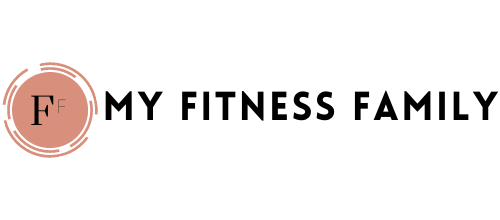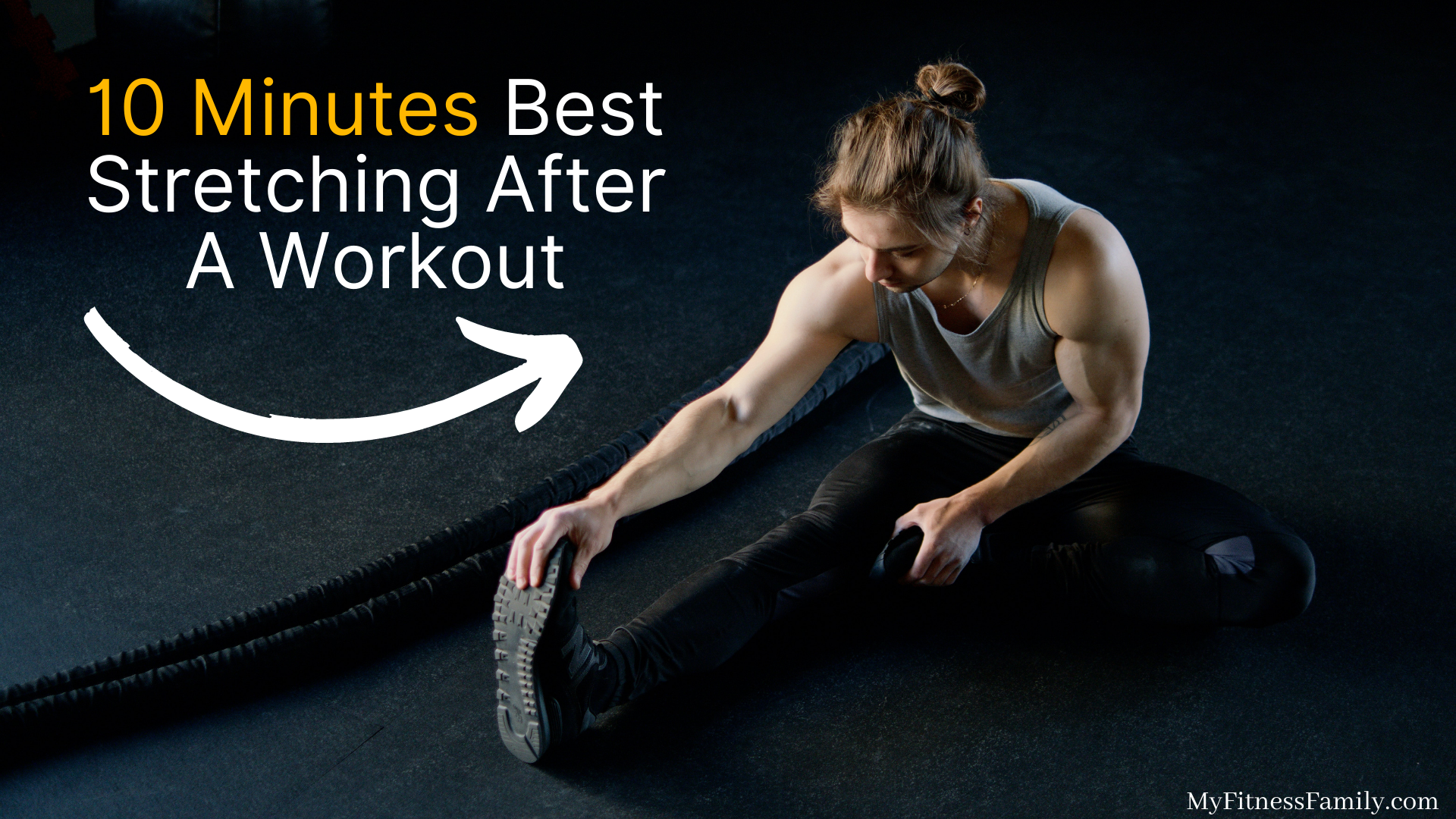These 10 minutes of stretching after a workout will help you recover faster, and you’ll also improve your posture and feel more relaxed overall
After you finish your workout, it’s important to stretch and maintain mobility in the muscles that were worked out.
which can help you sleep better at night and have more energy during the day with a low risk of injury
Why should you stretch?
Stretching is an integral part of any workout program, so make sure you add it to your fitness routine. Studies have proven that stretching after a workout helps in decreasing post-workout muscle soreness and improves muscle performance and increases blood flow To prevent injury, be it in your back or anywhere else, keep up with stretching.
When should you stretch?
There’s no one set answer to when you should stretch, but it’s usually recommended that you do so after an intense workout. This is particularly important if you haven’t stretched before exercising; stretching right after a workout helps with preventing stiff muscles and getting your body ready for your next exercise session. It also provides time for muscles to warm up again this will help to prevent injuries during those stretches.
How much time do you need?
A ten-minute stretching routine is enough to help you release tension in your muscles and get them ready for your next workout.
Do you have to be flexible to stretch?
Not necessarily, but stretching is easier when you’re already flexible. And being in touch with your body and developing a healthy balance between flexibility and mobility are great ways to keep your muscles healthy and injury-free. If you have an upcoming workout or play sports regularly, it makes sense to stretch after your workouts so that you can be ready for whatever physical challenges lie ahead. The benefits of stretching help reinforce muscle memory and boost flexibility; stretching after a workout also helps you relieve tension.
Where can you stretch?
If you’re looking for places to stretch after a workout, there are many options open to you. Because stretching is often linked with increasing flexibility, many gyms have yoga mats Alternatively, find your local park: green spaces provide great settings for relaxation and stretching out post-workout. If neither of these options appeals to you, simply stretch at home. Stretch in front of a mirror so that you can see which muscles need more work.
How can stretching benefit different types of people?
There are different types of stretching, Static stretching involves holding a stretch in one position, while dynamic stretches involve movement, and both are used as part of warm-ups or cooling down after exercising. Here’s how you can use them to benefit different people Different groups of people will find that certain forms of stretching work better for them than others.
For example, Athletes may want to perform dynamic stretches before competing, but regular exercisers might be better off with static ones afterward.
What are the best ways to stretch
There are four main types of stretching
1. Static
Static stretching involves holding an extended stretch for 15-30 seconds to allow muscles to relax and elongate.
2. Dynamic
Dynamic stretching is similar to warm-up activities and uses movements rather than holds.
3. Ballistic
Ballistic stretches involve bouncing motions that increase muscle elasticity quickly but cause more harm than good in doing so.
4. Proprioceptive neuromuscular facilitation (PNF).
PNF is a popular stretching technique that can be used by anyone to increase their range of motion. PNF was developed for athletes and other professionals that regularly use their bodies in ways it may not normally be used. This is causing a lot of harm if you, not an athlete and professional
What Stretching Exercise Should You Do?
There are many different types of stretches, and they all have their purposes. But In this article, we suggest the best stretching exercise
There are many different stretches, each one targeting different parts of your body, Here are some great stretches you can perform right after exercising.
so if you want to get maximum results and reduce your risk of injury
1. Hamstring Stretching After A Workout
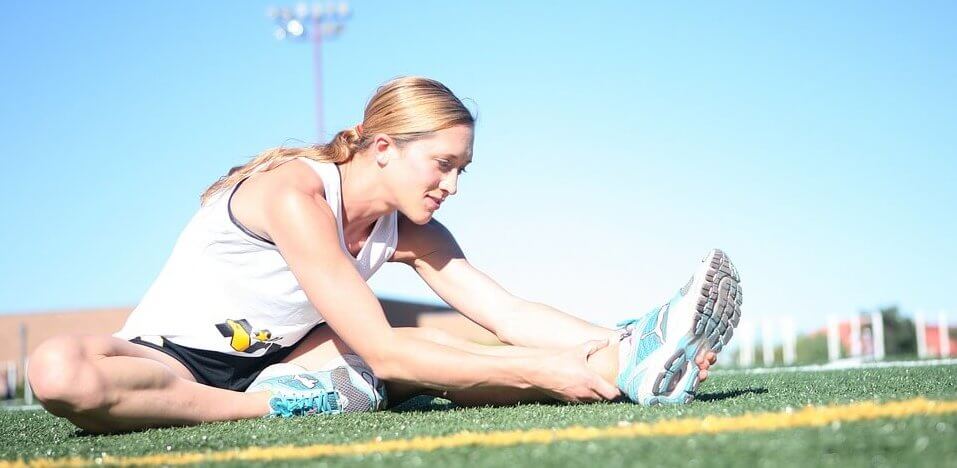
When performing these hamstring stretches make sure you don’t pull too hard or hold them for too long.
Hold every stretch for 30 seconds at a comfortable level. You should feel the stretch but not the pain.
2. Quadriceps Stretch
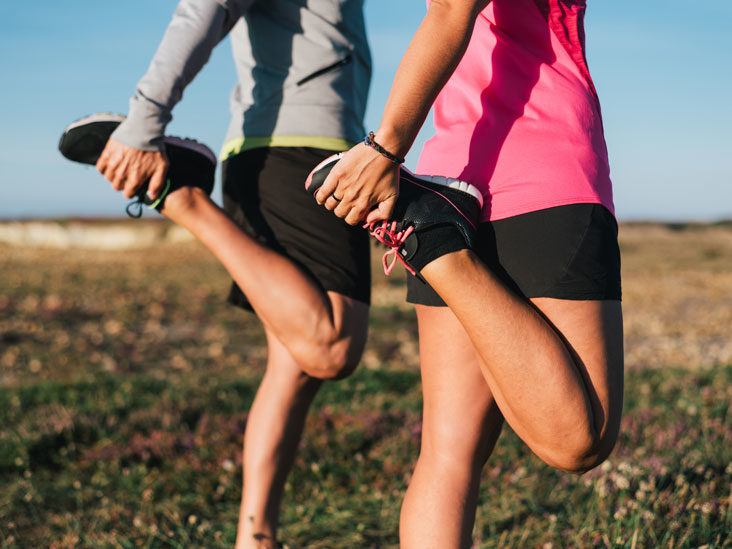
Stretching your quads with a yoga pose before or after a workout can not only help improve your overall flexibility but can also reduce the risk of another injury.
If you tend to run, cycle, or take part in other sports then it’s important that you stretch the quads as well.
3. Butterfly Stretch
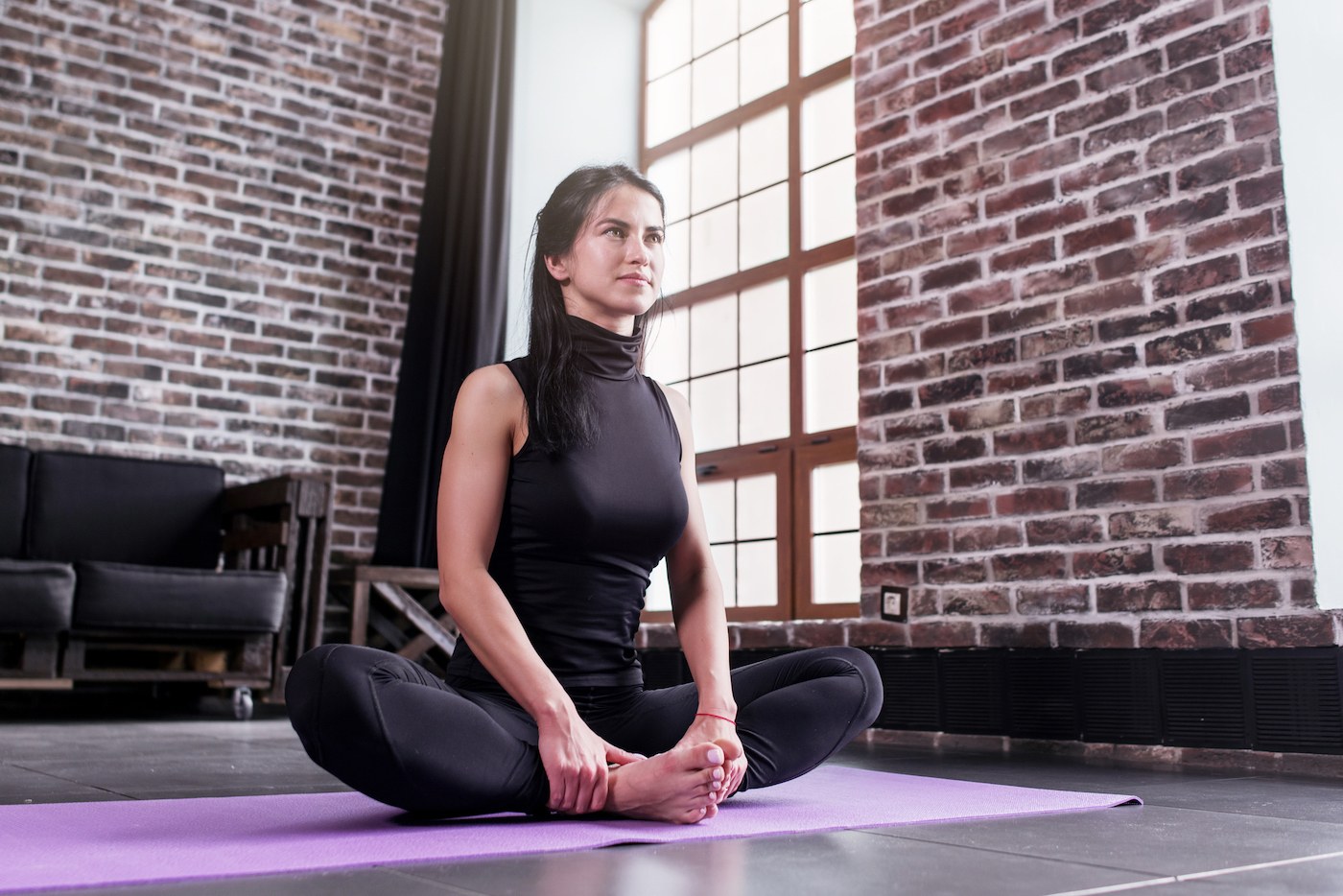
The butterfly stretch targets your inner thigh adductor muscles to help tone and strengthen them for greater stability and balance. The inner thigh muscles are also used during any activity that requires you to draw your legs together like dancing or running.
The butterfly stretch is a great stretching exercise that can help improve leg flexibility, enhance stability, and also balance. It creates an opening in the hips which can become tight as a result of prolonged sitting.
4. Cobra Stretch
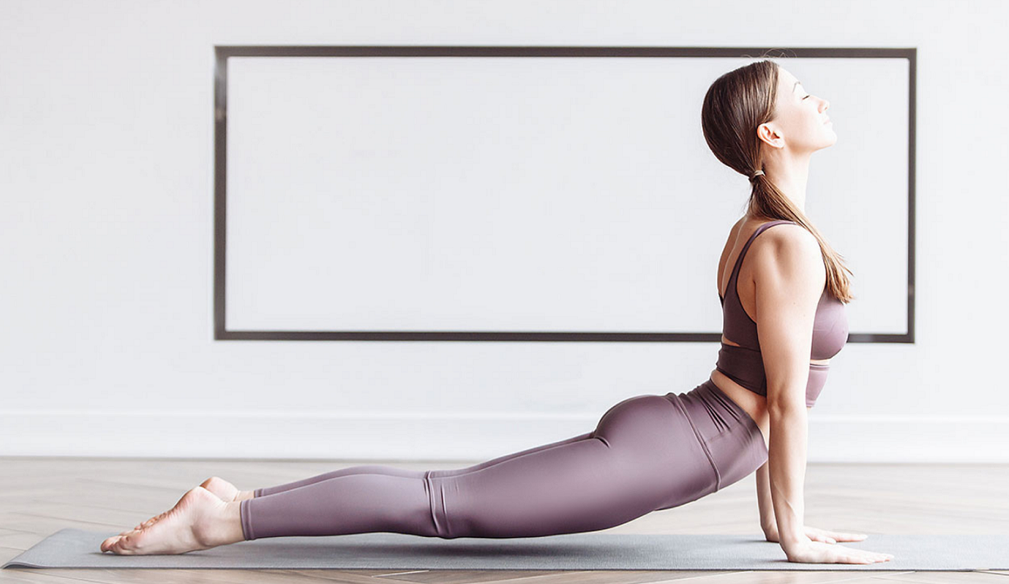
Cobra pose opens the front of your body and chest. It helps you open your upper back, neck, and shoulders making it easier to breathe deeply. Cobra Pose is also good for stretching the spine.
5. Cross Shoulder And Arm Stretch
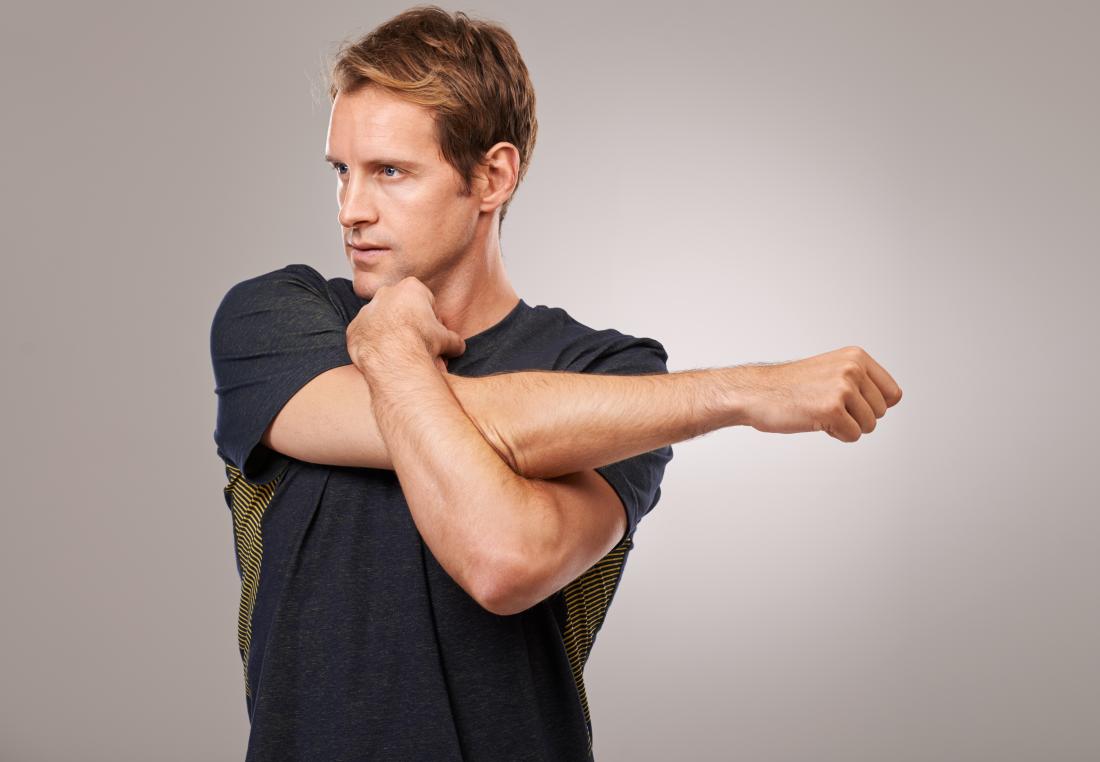
Cross arm stretch is performable as a warm-up and cool down, Relax your shoulders. Hold your upper arm with the another hand. Pull your arm across your chest, stopping when you feel a stretch. Hold the stretch for 30 seconds. Return to the starting position.
6. Overhead Side Stretch
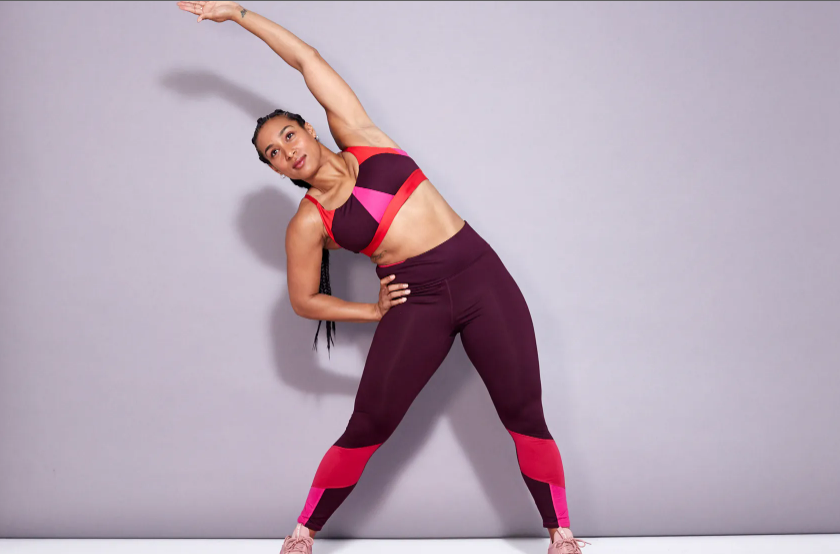
The overhead side is one exercise that athletes often use to warm up and loosen their muscles before an exercise routine, but it also goes a long way to help you loosen and stretch out your torso.
The overhead side reign is a great way to stretch your lower back and obliques, as well as build up endurance and core strength. This move is good to do after you’ve had a long day at the office and need to relieve some stress in your muscles.
7. Neck Rolling Stretch
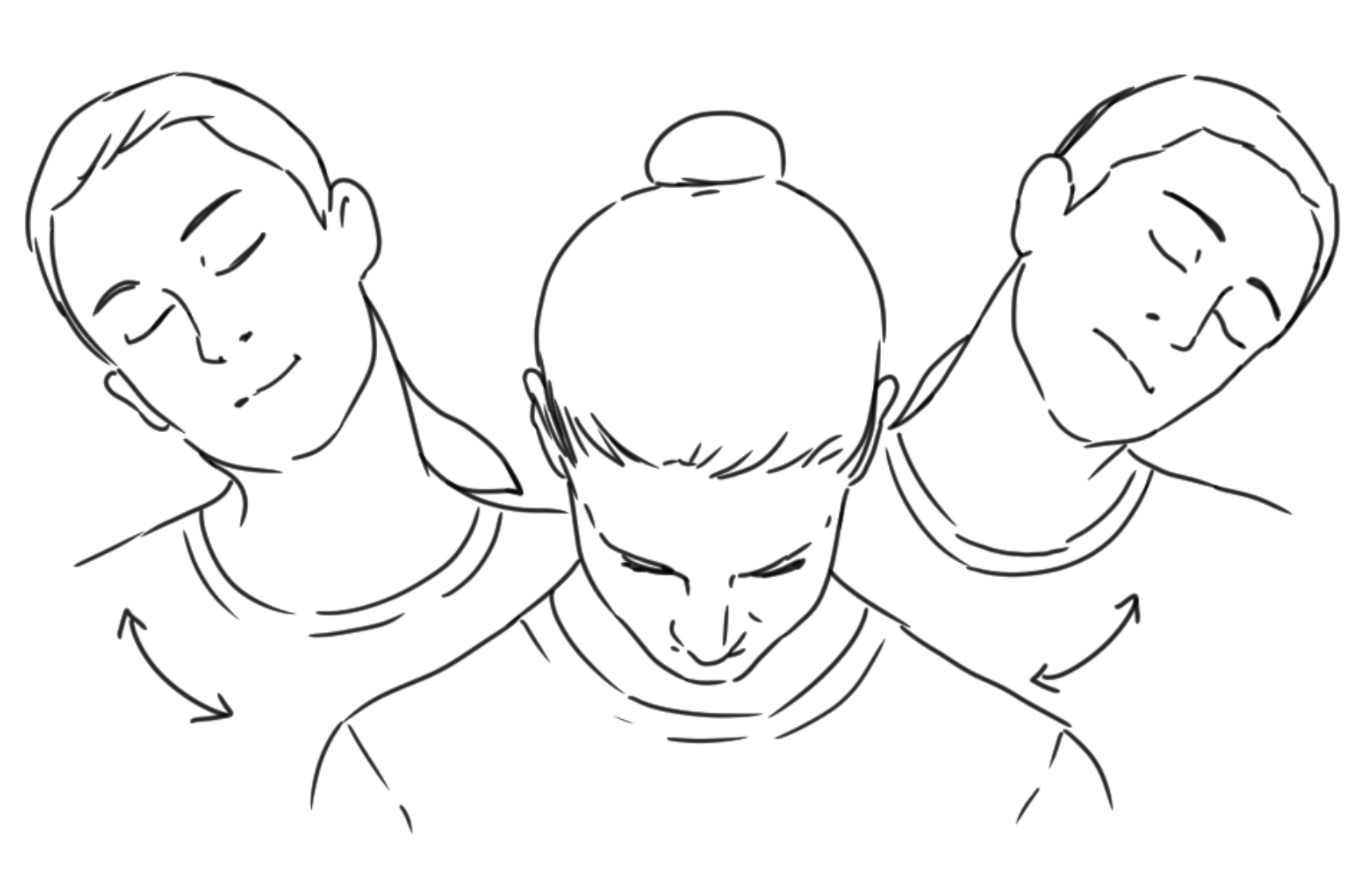
Neck circles promote flexibility and range of motion in the neck area by purposely flexing and extending the muscles there. They can help relieve tension in the neck (as well as in the upper back), which contributes to both physical and mental discomfort. Neck circles are a great way to stretch the neck by leaning your head to one side and then to the other.
This is also good for people who are slouching at their desks or when they’ve spent too much time at their desks staring at a computer screen.
8. Spinal Twist Stretch
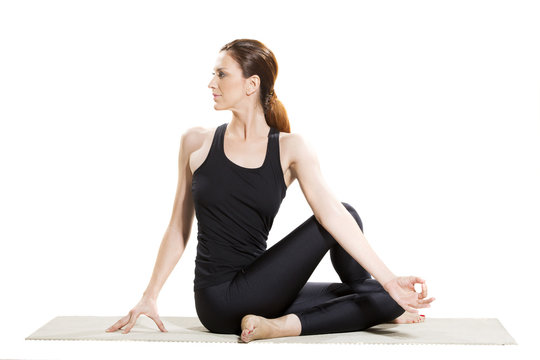
Spinal Twisting stretching helps improve mobility throughout the spine will encourage better circulation of blood and lymphatic fluid, and can potentially lead to deeper relaxation. This restorative posture may be performed towards the end of a sequence or at the end of your workout routine for additional benefit.
9. Toe Touching Stretch
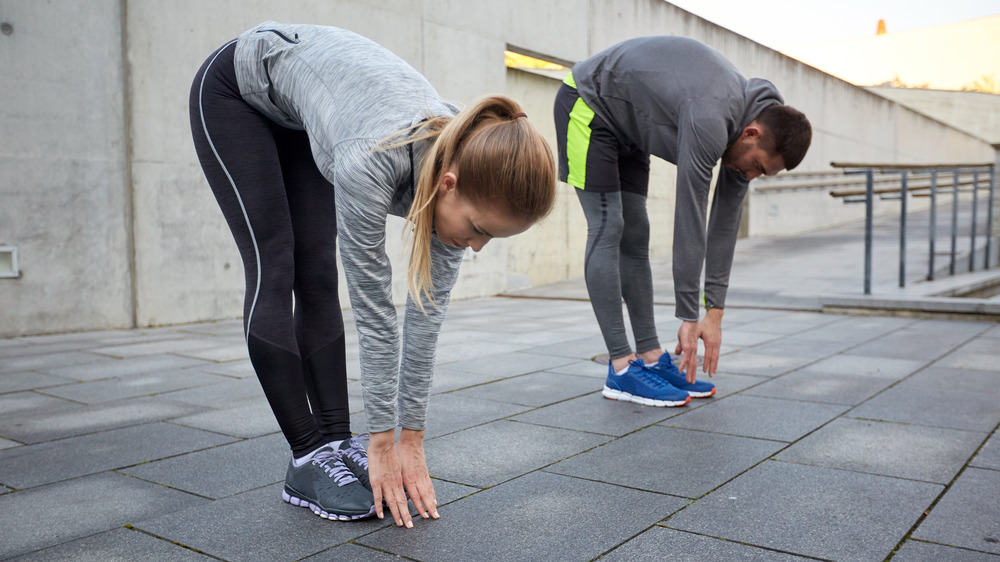
You should try toes touching stretching. It helps you to achieve better flexibility in your hamstring, calf, and lower back areas. This extra give in the muscles can provide improved posture and relieve back and neck pain. Touching your toes makes you feel better as a whole.
10. Seated Straddle Splits
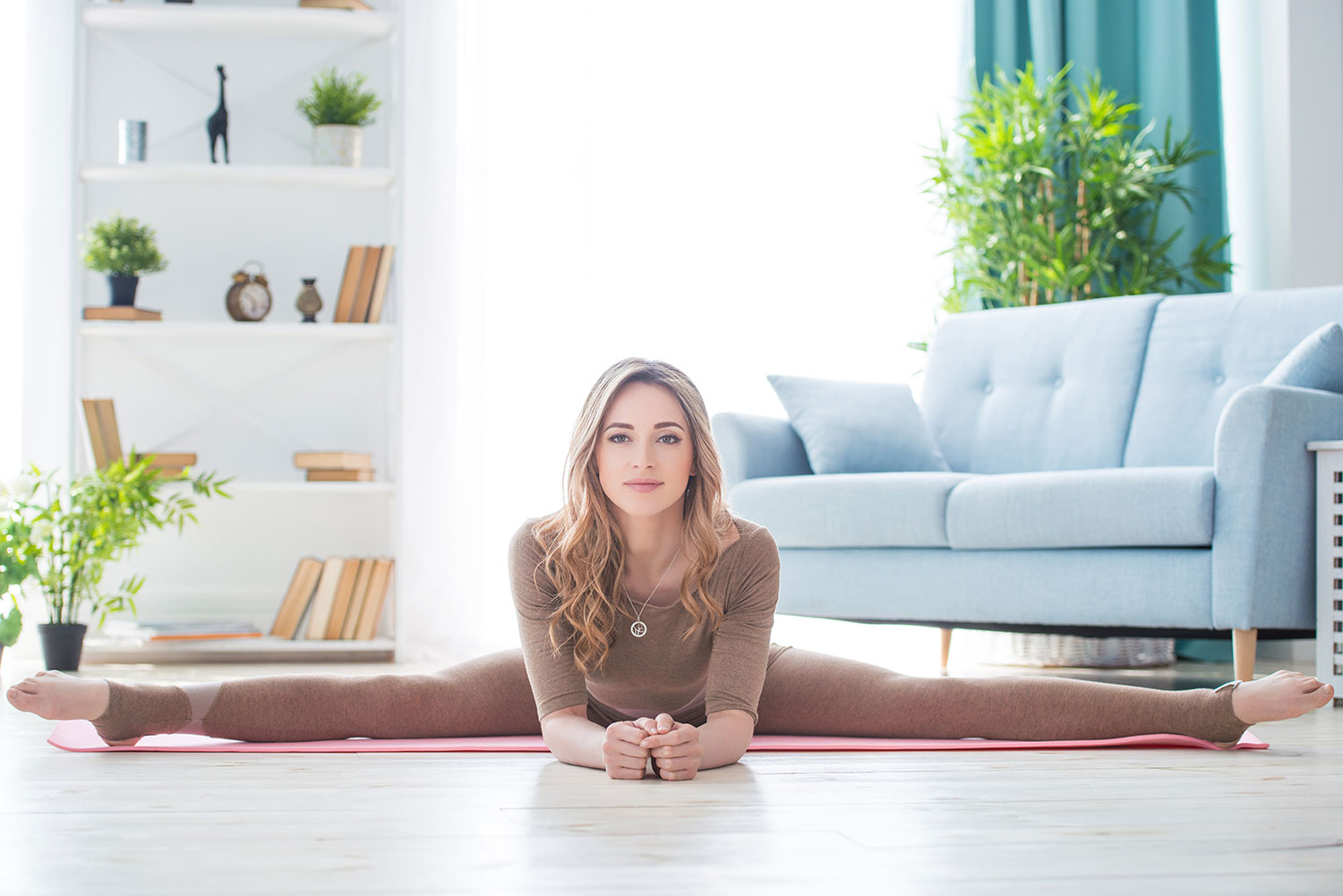
Seated straddle splits are a good stretching to open up the back of your legs and inner thighs. If you are experiencing tightness in the hamstrings, groin then tries this stretching after the workout regularly.
In addition, if you have any trouble with doing seated straddle splits then it will be easy by doing regularly
11. Wrist Stretch
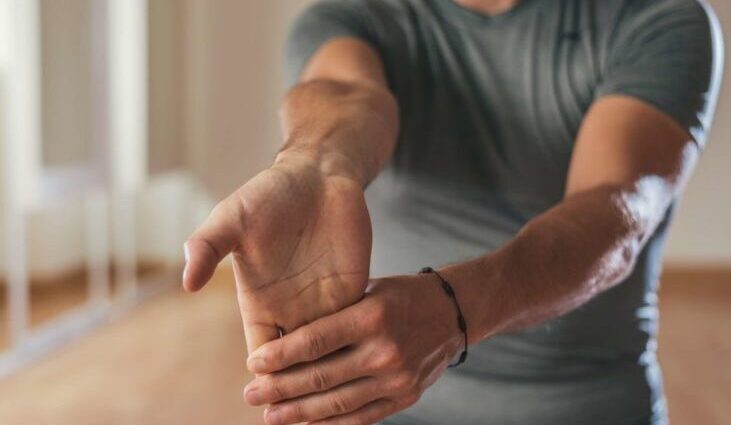
Extend your arm in front of you with your palm facing the ceiling and fingers pointing outward. Now use your other hand to gently pull the palm toward your body while keeping a few (about 20-30) inches away from it. Hold this position for about 10 seconds and repeat the same with the other hand.
12. Chest Stretch
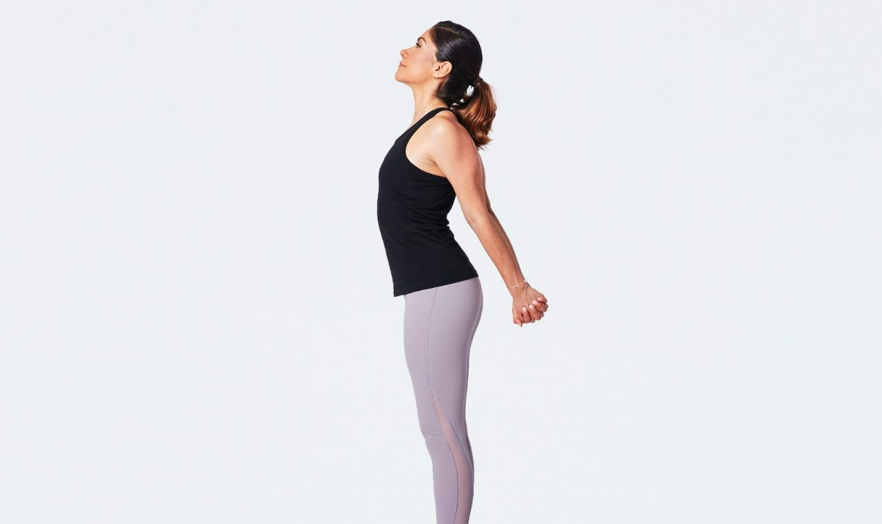
Chest stretches are a low-impact exercise that can increase your short-term range of motion as well as reduce risks of strains and/or injury to chest muscles.
Some easy chest stretches in the study include upper rib cage, arm across chest, and full-body position stretches (anyone can do these).
Beginner Note
1. If you haven’t exercised in a while Then try to perform slowly day by day and consult your coach and fitness trainer before performing these stretches so you don’t hurt yourself. Otherwise, enjoy.
2. Remember that you should never push yourself into a stretch too far it should feel pleasant rather than painful. This is especially important if you have an injury: if it hurts when you do it then don’t do it
